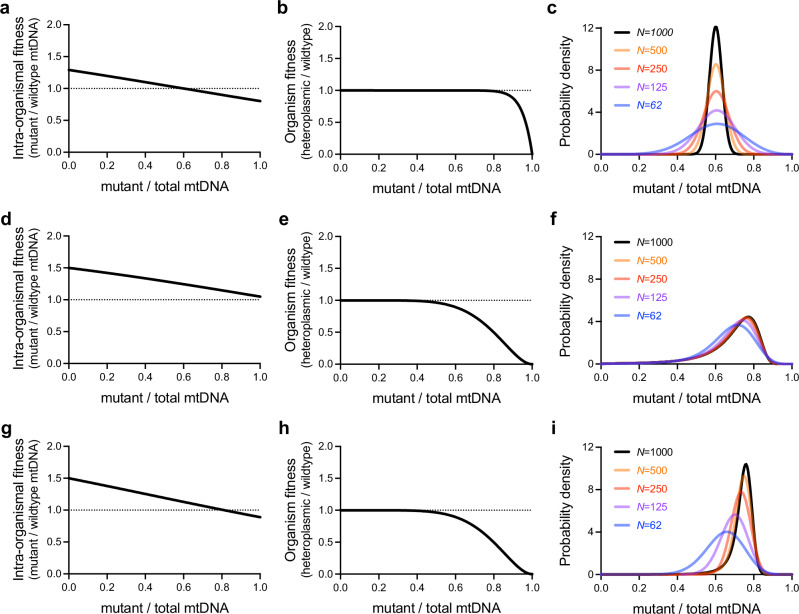Fig. 2. Theoretical modeling reveals the stable maintenance of a selfish mitochondrial genome through a variety of evolutionary mechanisms.
a–c Under one hypothesized evolutionary mechanism, the intra-organismal fitness advantage of a selfish mitochondrial genome (a) may disappear at a frequency too low for the genome to inflict a substantial organism-level fitness cost (b). The selfish mtDNA is maintained at a mean frequency set by balancing selection at the intra-organismal level, with genetic drift (a function of the per-generation intra-organismal mtDNA effective bottleneck, N) determining the width of the mutant frequency distribution (c). d–f Under an alternative hypothesized mechanism, a constitutive intra-organismal fitness advantage (d) pushes mutant frequency into a range wherein it encounters increasing organism-level fitness cost I. Multilevel selection can maintain a broad range of mutant frequencies (f), even when genetic drift is minimal. g–i Another hypothesized mechanism shows the intra-organismal fitness advantage (g) disappear within approximately the same range of mutant frequencies in which organism-level fitness declines most rapidly (h). Changes in the strength of intra-organismal genetic drift alter both the width and center of the distribution of selfish mtDNA frequencies (i).

